Spray Painter
Jan 4, 2024
Table of Contents
Introduction
Features
Requirements
Usage
Scripting
Feedback
Introduction
The Spray Paint VR project is a Native VR experience built for the Meta Quest platform. This interactive application allows users to spray paint various parts of a car in a virtual environment using VR controllers. Built with Unity and the Oculus SDK, this project provides an immersive and creative way to experiment with colours and designs in a virtual 3D space.
Features
Interactive Spray Painting: Users can spray paint on specific parts of a car with realistic effects.
Customizable Colors and Tools: A palette of colours and spray options is available to enhance the creative experience.
Immersive VR Controls: Leverages Meta Quest controllers for intuitive painting gestures.
Real-Time Feedback: Visual feedback mimics real spray paint behaviour with fade, opacity, and blending effects.
Dynamic Environment: The virtual environment adjusts to the user’s interactions, providing an engaging workspace.
Requirements
Device Compatibility: Meta Quest or Meta Quest 2 headset.
Software Framework: Unity 2020 or later, Oculus Integration SDK.
Hardware: VR-ready PC for development (if customizing) or standalone headset for deployment.
Controllers: Meta Quest controllers for interaction.
Usage
Setup: Ensure the Meta Quest headset is powered on and connected.
Launch: Start the application from the library or sideload it onto the Quest.
Select Tools: Choose colours and spray settings from the in-app menu.
Paint: Use the VR controllers to spray paint on car surfaces:
Trigger Button: Activates the spray paint.
Joystick: Adjust the view or reposition the spray can.
Experiment: Combine different colours and techniques to create unique designs.
Scripting
The application relies on several key components:
Spray Paint Mechanics: Particle systems simulate realistic spray effects, including opacity, spread, and fall-off.
Controller Mapping: Oculus SDK handles controller inputs and interactions.
Shader Development: Custom shaders ensure accurate rendering of paint textures and blending.
Performance Optimization: Techniques such as frustum culling and optimized mesh rendering ensure smooth performance on standalone devices.
Feedback
If you encounter any issues while using the application or if you have any suggestions, bug reports or feature requests, please don't hesitate to send me a DM. Your insights are essential for enhancing the application's user experience.


